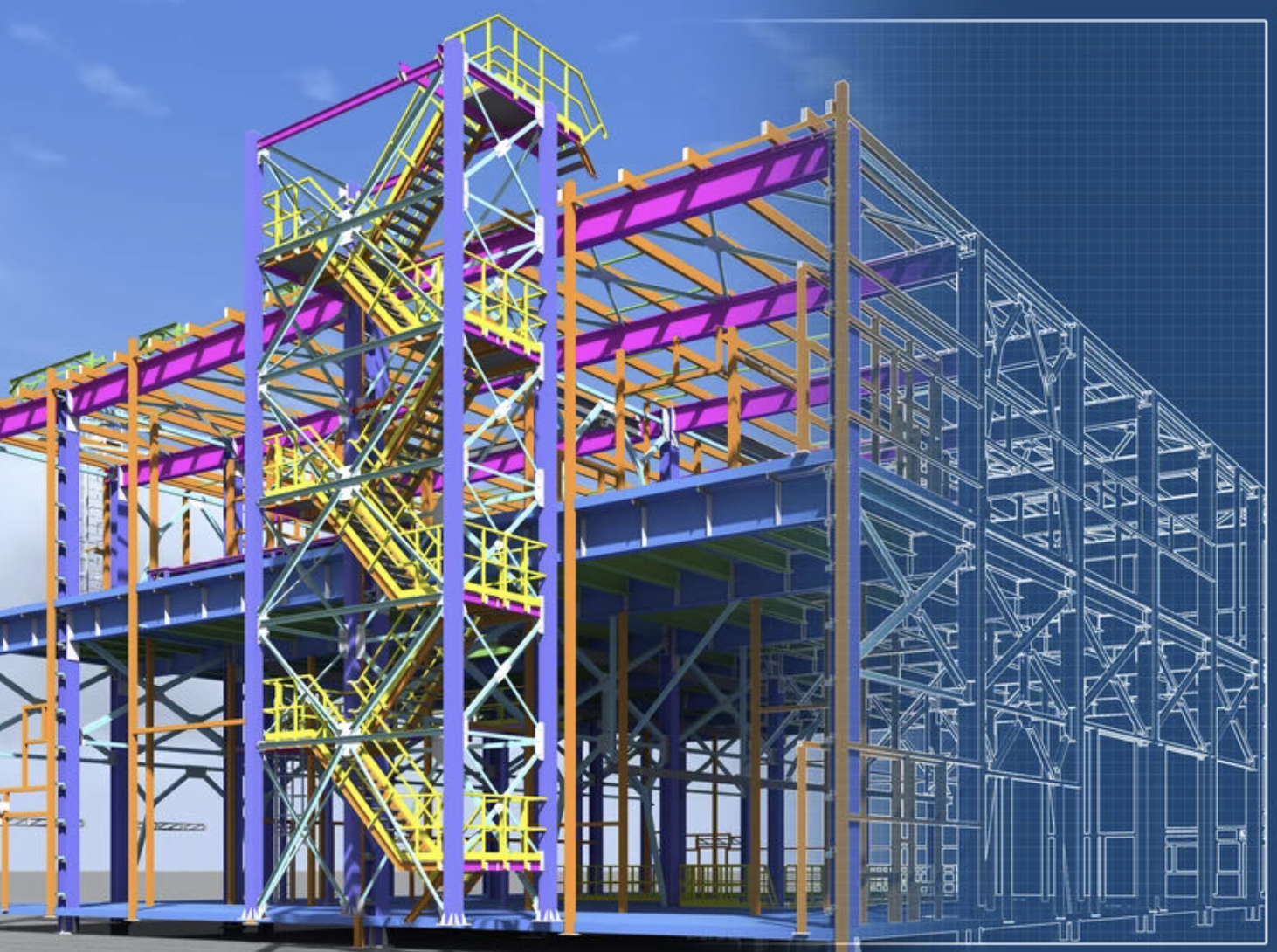Follow Concert on LinkedIn for more on the digital future of architecture.
Contractors, understandably, want to be involved in the building design process early – to understand design intent for construction planning purposes. Earlier access to design data helps builders manage potential supply chain issues, control costs, and flag constructability issues associated with specific design choices.
In the current world, however, sharing design data can be tricky – mostly due to a lack of digitalization. The AIA’s E203 digital data exhibit (which urgently needs a revamp for the digital age) explicitly focuses on indemnification and denial of trust in exchanging digital models and information. If trusted data is essential to digitalization of AEC then this contractual artifact is an obstacle to be overcome.
For contractors, accessing design information that can be trusted often requires submitting an RFI, and then receiving design information (not data) that has been reduced from a robust 3D model to a suboptimal 2D document – causing immediate data loss and deprecation. Versioning and latency issues can also occur as designs may evolve or change in real-time before the translation of information to a document takes place — further increasing the potential for miscommunication, or dispute.
Introducing a secure digital data exchange like CONCERT immediately solves these challenges and improves collaboration and trust between designers and contractors. Architects become owners of the digital master copies of their design work, and can share data generously in the project lifecycle without compromising design IP or worrying about data loss or versioning issues. For contractors, access to design data leads to greater project clarity, better and faster decision-making, and far lower risk.
With the introduction of a single, shared source of digital truth, easily accessed by both parties, more rapid and effective bidirectional communication becomes the norm. This brings down walls, saves both time and money, and make collaborative contracting, or what McKinsey calls “rewiring the contractual framework for collaboration” easier on IPD projects. It also improves real-time collaboration on design-build or traditional design-bid-build projects.
In the near future, a secure data exchange like CONCERT will be used by stakeholders across the building lifecycle. It will be the base data layer that enables digital collaboration between architects, contractors, and a wide range of other actors in the built environment.
For A/E firms, this will lead to greater comfort with contractors being involved earlier in the design process. For contractors, it will mean greater confidence in the fidelity of the data they receive from their design counterparts.
Secure data exchange helps solve two of the most basic and vexing challenges of the design and construction industries: improving cost and schedule conformity, and ensuring the maintenance of design intent throughout the lifecycle of the building.
Solving these challenges will be transformative, and will create better margins for both design and construction, while laying the foundation for new value-added architectural service offerings that span the building lifecycle and a wide variety of supply chains in service to the building.
Most importantly, it will enable AEC to confidently embark on the work of reimagining their practices for the digital age – knowing that IP is protected, that design intent will be maintained, and that data will be secure and have monetizable utility in the years and decades beyond construction.
Follow Concert on LinkedIn for more on the digital future of architecture.





